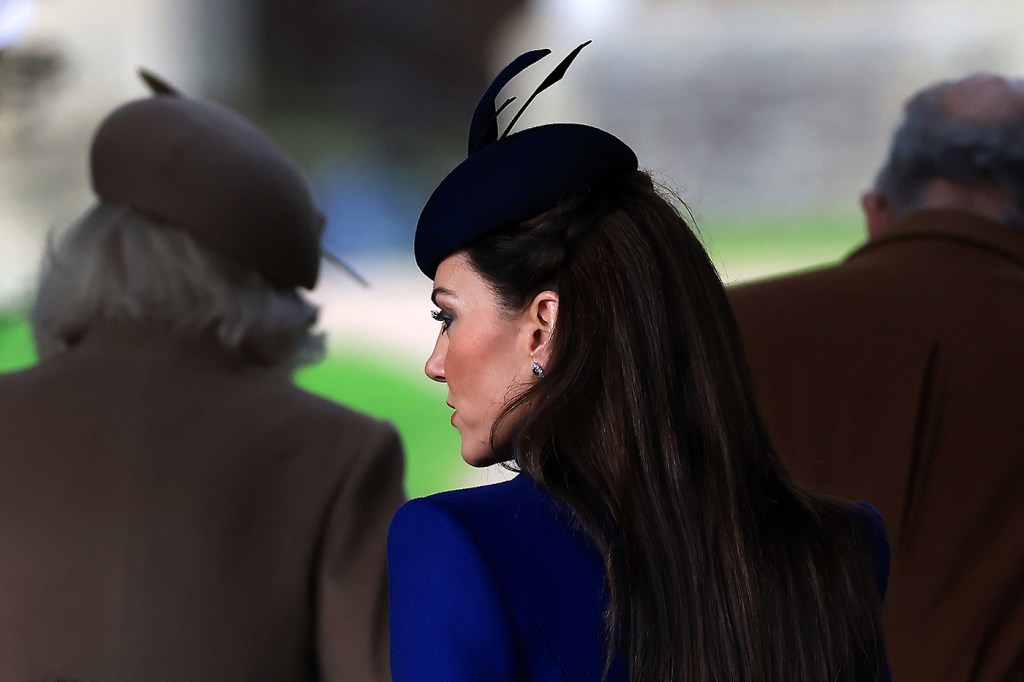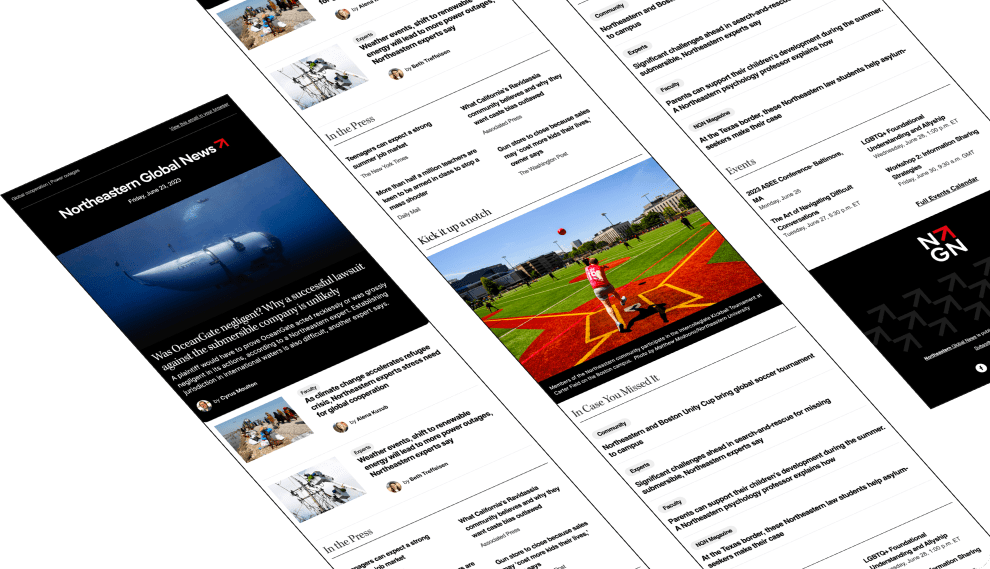Why Kate Middleton’s
altered photo was such an
issue for news outlets
Kensington Palace released an image of the Princess of Wales and her children that news outlets ran until the wire services issued a kill notice, saying the photo was too altered to meet their standards.

Kensington Palace released a photo of Catherine, Princess of Wales, with her three children, in honor of Mother’s Day in the United Kingdom. The caption indicated the photo was taken in 2024, which was notable given that the princess hasn’t been seen in public all year since the palace said she was recovering from abdominal surgery.
The photo seemed innocent enough, but within 24 hours multiple news agencies, including the Associated Press, retracted the image due to evidence that it had been manipulated. The Princess of Wales (commonly known as Kate Middleton) took the blame in an apology issued on social media, saying “Like many amateur photographers, I do occasionally experiment with editing.”
On March 14, Agence France-Presse’s global news director, Phil Chetwynd, said in an interview that Kensington Palace is no longer considered a “trusted source” and that AFP will be more closely evaluating future photos from the palace. In the same interview, Chetwynd said they asked the palace to provide the original photo and got no response.
The only other times photos the agency has killed for being altered have come from North Korea or Iran.
Photo editing is not outside the norm, but news outlets have strict guidelines when it comes to how much editing is allowed on photos they run, said John Wihbey, an associate professor of journalism at Northeastern University.
“Small amounts of editing are regularly done, but not to the content,” Wihbey said. “It’s usually more (lighting), so that things can be seen visibly, but there’s strict codes about not manipulating any object, or subject — no additions or subtractions.”
The AP said the image was not necessarily fake, but there were areas that showed signs of alteration, specifically around Princess Charlotte’s sleeve. Viewers on social media also noted that the zipper on Princess Catherine’s zipper is misaligned and there’s blurriness on the tiles.
Some argued the image was a private family photo and not the first time the royal family has been accused of photo editing. But Wihbey said as public figures, what the royal family puts on social media is for media usage.
“It’s naive to impose the old 20th-century standards,” Whibey said. “Massive online platforms are effectively a proper media channel. The British public pays an awful lot of money to this small group of people. And so they should have every expectation that what they do in their roles as working royals should be of high quality.”
What also makes this photo unusual is the circumstances surrounding it. The Princess of Wales has not been seen in public since Christmas. On Jan. 17, Kensington Palace announced that the princess was recovering from planned abdominal surgery done the day prior and would be unlikely to return to public duties until after Easter.
However, royal watchers noticed that Middleton not only disappeared from public duties, but seemingly from the public eye. While King Charles III’s health battles (including a cancer diagnosis) have been marked by social media posts of him tearfully looking over cards sent by his subjects and photos of Queen Camilla visiting him in the hospital, there’s been nothing similar for Middleton other than a statement issued Jan. 29 saying she returned home.
The difference between the king and princess’ illness prompted some questions. But fervor surrounding Middleton came to a head on Feb. 27 when her husband, Prince William, pulled out of a memorial service for his godfather at the last minute. Despite the palace saying his absence was unrelated to Middleton, people begin to question Kate’s true whereabouts.
There have since been some low-quality paparazzi shots — allegedly of Middleton — released since then, but Wihbey said the speculation about the princess may be why news services issued such an unusual notice.
“In a different context, there may have been some snark online about the sleeve, or the ring or whatever else was touched up or manipulated, but it may not have become a story where reporters are actively investigating,” Wibhey said. “Usually, a manipulated royal image would not be a two-day story. … But I do think there’s obviously concern because of a lack of transparency around her health. And so, in a weird way, (this photo) is much more salient in the public mind. Her doing something that obscures reality becomes an even greater story.”
It also breaks down trust between the royal family and the public at a time where people are becoming skeptical of what they see online as artificial intelligence becomes more prevalent.
“People are asking, asking the right questions,” said David Bau, an assistant professor at the Khoury College of Computer Sciences at Northeastern University who does research on artificial intelligence. “People have caught inconsistencies in that photo. But they’re the kind of inconsistencies that would show up, if you use traditional photo editing software to manipulate the image in Photoshop. Some of these inconsistencies are the kinds of things that an AI might be able to do better. And in the future, people using AI tools may actually be able to make edits, without too much effort that are less detectable. So I think that the kind of concern that is being raised is how can we trust photos if they might be manipulated?”







